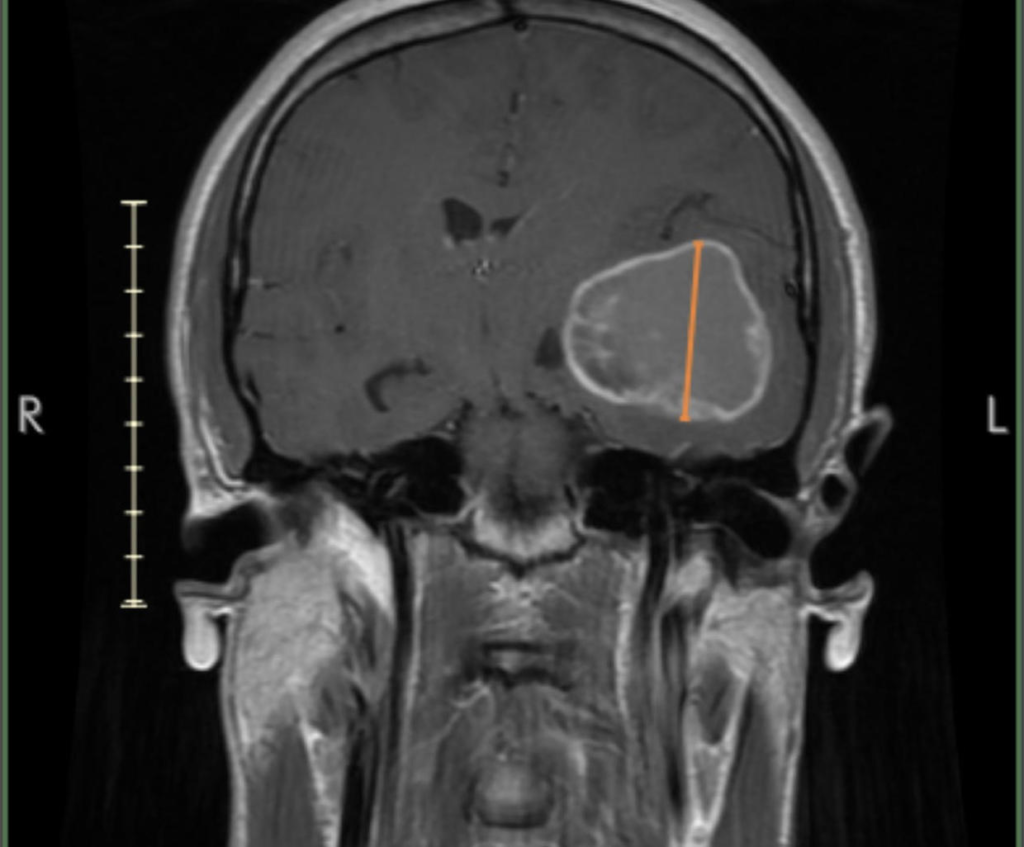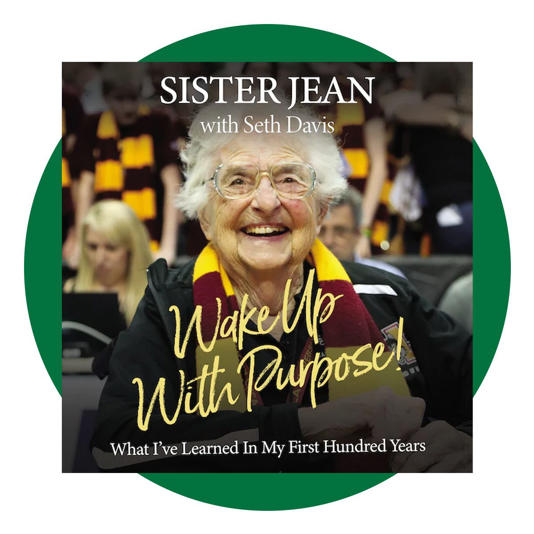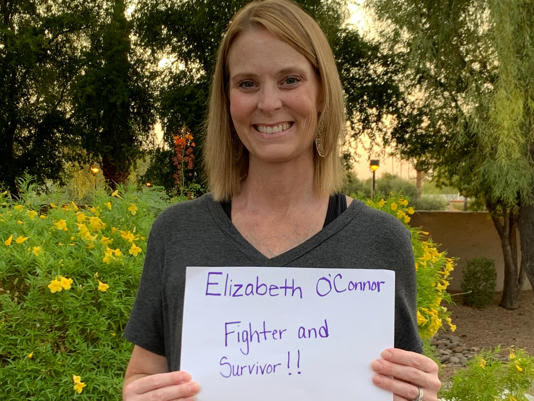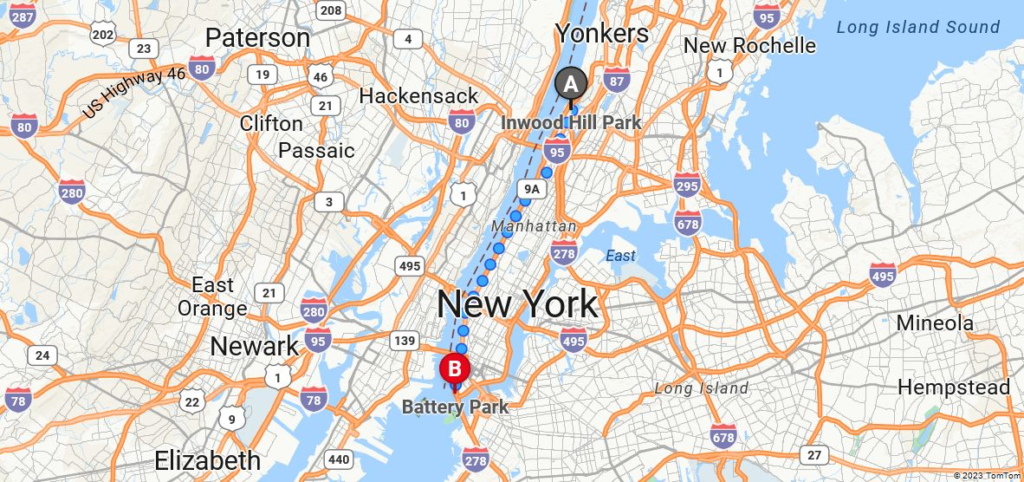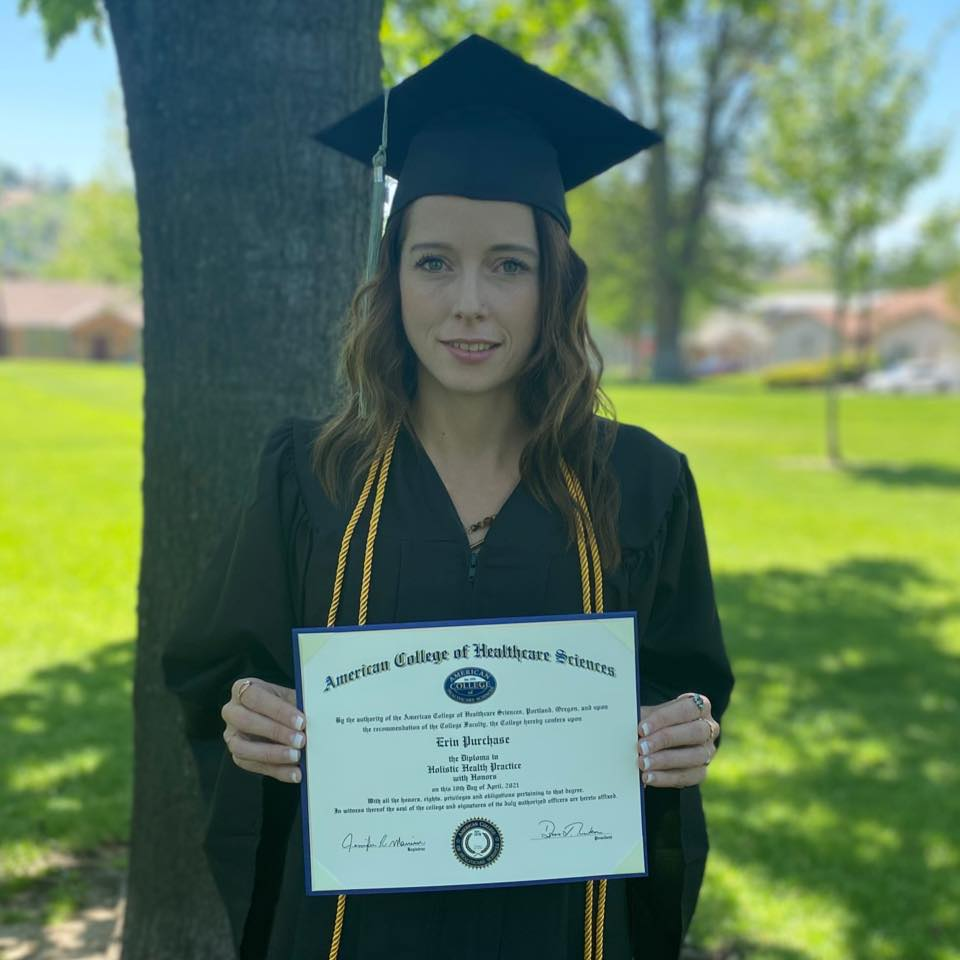
my path, and all who have helped make this dream come true. ~Erin
 #holisticnutrition #classof2021 #honorstudent #4pointGPA #deltaepsilontau
#holisticnutrition #classof2021 #honorstudent #4pointGPA #deltaepsilontauMyKayla is celebrating 11 years cancer free today.





 #peaceloveCURE #thankyouCANNABIS
#peaceloveCURE #thankyouCANNABISMykayla was one of 2,201 cancer patients authorized
by the state of Oregon to use medical marijuana.
Published: Nov. 24, 2012,
She was 7.
The Oregon Medical Marijuana Program serves 52 children
who have a qualifying medical condition, parental consent and a doctor’s approval.
Like adults, most cite pain as a qualifying condition, though many list multiple health problems, including seizures, nausea and cancer.
Allowing adults to consume medical marijuana is gaining acceptance nationwide.
But Mykayla’s story underscores the complex issues that arise when states empower
parents to administer the controversial drug to children.
Oregon’s law, approved by voters 14 years ago, requires no monitoring of a child’s medical marijuana use by a pediatrician. The law instead invests authority in parents to decide the dosage, frequency and manner of a child’s marijuana consumption.
The state imposes no standards for quality, safety or potency in the production of marijuana. Little is known about how the drug interacts with the developing body, leading pediatricians say. A recent international study found sustained cannabis use among teens can cause long-term damage to intellect, memory and attention.
Many doctors worry about introducing a child to marijuana when
they say other drugs can treat pain and nausea more effectively.
By the numbers
Most jurisdictions that have medical marijuana programs — 18 states and Washington, D.C. — permit children to participate with parental consent and a doctor’s approval.
View the numbers for Oregon here .
“It helps me eat and sleep,” she said, nestled against her mother on a couch.
“The chemotherapy makes you feel like you want to stay up all night long.”
Marijuana, she said, “makes me feel funny, happy.”
“She’s like she was before,” her mother said. “She’s a normal kid.”
Diagnosis: leukemia
Mykayla, a sweet girl with a splash of red freckles across her nose and cheeks, started showing cancer symptoms last spring. She was feverish. She had a hacking cough and night sweats. A rash spread on her leg.
Purchase, 25, worried that her daughter had Lyme disease or pneumonia.
A Pendleton doctor suspected strep throat and put her on antibiotics.
But Mykayla’s health worsened. Purchase took her to a Hermiston pediatrician,
who found a mass in the girl’s chest.
Purchase and Krenzler, 27, drove Mykayla to Randall Children’s Hospital at Legacy Emanuel that afternoon. The following day she was diagnosed with T-cell acute lymphoblastic leukemia. “My whole life is her,” said Purchase,
who became pregnant with Mykayla when she was a 17-year-old high school senior.
“I was so scared of losing her. It was heartbreaking.”
Leukemia is the most common childhood cancer, striking an estimated
3,800 American children each year. Mykayla has T-cell leukemia, an aggressive
form of the disease that affects 10 to 15 percent of patients.
Immediately, Purchase, who is divorced from Mykayla’s father and
has sole custody, faced decisions about her daughter’s treatment.
With chemotherapy, doctors put Mykayla’s odds of survival at 76.9 percent and
her chance of relapse at 7 percent, Purchase said. Purchase accepted the chemo as part of her daughter’s treatment, although she takes a generally dim view of the pharmaceutical industry, is skeptical of childhood vaccines, rejects genetically modified foods and avoids products made with high-fructose corn syrup.
What Purchase believes, emphatically, is that cannabis heals.
Purchase said her stepfather’s topical application of cannabis oil cured his skin cancer.
She said an acquaintance’s lung cancer went into remission after he used pot.
And Purchase herself consumes marijuana daily.
She said she became an Oregon medical marijuana patient in 2010 to treat vomiting from a metabolic problem and from her pregnancy with her second child. She is so convinced of the drug’s safety that she consumed it during the pregnancy and while breastfeeding.
She was certain of one thing when Mykayla was diagnosed:
The child would use marijuana to defeat cancer.
Purchase and Krenzler took Mykayla to The Hemp and Cannabis Foundation clinic in Southeast Portland, where a doctor looked over a letter from Mykayla’s oncologist starting her diagnosis. The doctor asked about Mykayla’s medications, her symptoms and how Purchase planned to give her daughter the drug.
Purchase said the physician “was pretty thorough.”
If he had any concerns about Mykayla’s age, Purchase said, he didn’t mention them.
Ten days after her cancer diagnosis, Mykayla was an Oregon medical marijuana patient.
Undergoing treatment
On a recent afternoon, Krenzler placed a baggie of empty pill capsules on the kitchen counter and unwrapped a 10-gram syringe of cannabis oil, known among marijuana patients as Rick Simpson Oil Krenzler filled a capsule with a half-gram of the dark sludgy substance that friends had prepared and handed it to Mykayla. The oil smells bad and, says Mykayla, tastes awful. Krenzler got lime-flavored capsules to help mask the drug’s pungent aftertaste.
Test results showed the substance had a tetrahydrocannabinol (THC) content of 58.6 percent, a much higher concentration than in dried marijuana. THC is the psychoactive property of marijuana that gives users a high.
Mykayla swallowed the pill.
“First you get hungry,” she said. “Then you get really funny, and then you get tired.”
Mykayla went into remission within a month of starting chemotherapy. Cancer specialists say such a development is expected, but Purchase and Krenzler credited marijuana. “She wasn’t responding as well until she got the cannabis,” Purchase said. Mykayla continues to receive a half-gram of cannabis oil twice a day: once in the morning, and again in the afternoon.
Krenzler said marijuana can relax or energize Mykayla, relieve her pain, stimulate her appetite, ease her nausea or put her to sleep. When she first started using marijuana,
it knocked Mykayla out. She’d nap for hours at a time, a sign that Mykayla’s body was adjusting to marijuana, said Krenzler. “Once you get used to it and you gain a tolerance,
it doesn’t make you high,” said Krenzler, who is listed with the state as Mykayla’s grower. “You’re functional.”
Sometimes, if Mykayla is feeling especially lousy, Krenzler and Purchase offer her a cookie or slice of banana bread baked with “budder,” made by slow-cooking butter and marijuana buds. Krenzler said she’s had up to 1.2 grams of cannabis oil in 24 hours, the rough equivalent of smoking 10 joints.
The couple home-schools Mykayla for now. She loves sculpting clay and reading
“Diary of a Wimpy Kid.” Her favorite book is “It’s Just a Plant,” a children’s book about marijuana illustrated by the artist whose work includes the blockbuster parody,
“Go **** to Sleep.”
Mykayla often reads the marijuana book aloud to her 17-month-old sister, Ryleigh.
“It’s really fun,” Mykayla said. “It teaches you about cannabis, that it’s good for you and other people use it too.”
The doctor’s opinion
The faith Purchase and Krenzler place in marijuana’s curative powers is not shared
by the American medical establishment. Purchase and Krenzler said Dr. Janice Olson, the medical director of the children’s cancer and blood disorders program at Legacy Emanuel’s Randall Children’s Hospital, called the girl’s marijuana use “inappropriate.” Now they’re seeing another Legacy pediatric oncologist, Dr. Jason Glover.
Both doctors declined The Oregonian’s request for interviews.
Leaders of the American Academy of Pediatrics are circulating a resolution opposing the drug’s use in children, prompted by the growing number of states with medical marijuana programs.
“The issue,” said Dr. Sharon Levy, an author of the academy’s anti-pot resolution, “is that marijuana isn’t a medicine.”
Much is unknown about marijuana’s risks and potential benefits for kids, said Levy, an assistant professor of pediatrics at Harvard Medical School and director of the adolescent substance abuse program at Boston Children’s Hospital.
Studies showing marijuana can be effective against nausea and vomiting have focused on adults. Pot does not cure childhood leukemia, said Dr. Stephen Sallan, chief of staff emeritus at the Dana Farber Cancer Institute in Boston.
Sallan, a pediatric oncologist and professor of pediatrics at Harvard Medical School, said he views the drug as “relatively harmless.” He did groundbreaking research in the 1970s that found THC in marijuana helps prevent chemotherapy-related vomiting.
“If I had a teenager — not a 7-year-old — who kind of liked the psychological side effects, and it offered additional anti-vomiting protection, I would say, why not?” said Sallan.
On the other hand, Sallan said marijuana isn’t part of the “first line of anything we use” when treating childhood leukemia.
Aware of the medical community’s concerns, the couple has not discussed Mykayla’s marijuana use with Glover, though they said the doctor is aware of it. Krenzler said he also didn’t tell doctors when he gave Mykayla marijuana in the hospital. “She has never asked for a pain pill,” he said. “We’re not going to stop what works.”
Medical Marijuana
Continuing coverage of medical marijuana by The Oregonian’s Noelle Crombie.
Mykayla’s father said he was stunned to learn her oncologist was not consulted about the child’s marijuana use.
Comstock, who works in a North Dakota oil field, pays Purchase child support and covers Mykayla’s health insurance. He said he observed strange behavior during an August visit and took Mykayla to a private lab, where technicians detected THC levels of an adult daily marijuana user. Gladstone police contacted the girl’s mother, examined Mykayla’s medical marijuana paperwork, then told Comstock there was little they could do.
Comstock, who used pot in the past, said he doesn’t object to people over 16 using medical marijuana. But he worries about his daughter’s well-being and the potential for addiction.
“She’s not terminally ill,” Comstock said. “She is going to get over this, and with all this pot, they are going to hinder her brain growth. “It’s going to limit her options in life because of the decisions her mother has made for her.”

Mykayla disappeared into the bedroom of a friend’s home one recent evening and emerged in a pistachio-colored gown. Someone she’d never met had sent her 1,000 paper cranes that, according to Japanese tradition, offer a wish for healing.
The tiny cranes, fastened to strings dangling from a belt, rose as Mykayla twirled.
“When you get married,” her mom told her, “You can wear it with your wedding dress.”
Mykayla took a seat at the kitchen counter, where she eagerly pored over a stack of letters from her classmates at Sherwood Heights Elementary in Pendleton, closely examining their crayon illustrations.
“Dear Mykayla,” she read aloud. “I hope you feel better. Do you like cats?”
Snacking on kiwi, she remembered the fun she had playing with friends and visiting the Pendleton Roundup before she got sick.Mykayla will be the one to choose when to stop using marijuana, her mother said. For now, Purchase hopes other parents won’t judge her for decisions she made when her daughter was “walking a line between life and death.”
“As a mother,” she said, “I am going to try anything before she can potentially fall on the other side.” Mykayla’s mother maintains a Facebook page dedicated to her daughter’s health and use of medical marijuana.
Cannakids & THC: Revisiting Brave Mykayla,
Who Shared With The World Her Controversial Cannabis Cure
by Angela Bacca
Medical marijuana for Oregon child with cancer – YouTube
An Oregon mother credits cannabis oil pills with child’s cancer remission.
Cancer Remission, Mom Says
By SYDNEY LUPKIN
November 26, 2012, — When 7-year-old Mykayla Comstock was diagnosed with leukemia in July, it was less than three days before her mother filed Oregon medical marijuana paperwork so the child could take lime-flavored capsules filled with cannabis oil. The decision to give Mykayla the capsules came naturally to Erin Purchase, MyKayla’s mother, who believes marijuana has healing power, but doctors aren’t so sure it’s a good idea.
“The first doctor was not for it at all,” Purchase told ABCNews.com. “She was rude and she told us it was inappropriate. “Basically, she blew up at us and told us to transfer to another facility.” They found a new doctor, who knows that Mykayla takes about a gram of cannabis oil a day — half in the morning and half at night — but he doesn’t talk about it with them.
“This is our daughter,” Purchase, 25, said.
“If they don’t agree with our personal choices, we’d rather they not say anything at all.”
It’s legal for a minor to enroll in the Oregon medical marijuana program as long as the child’s parent or legal guardian consents and takes responsibility as a caregiver.
And Mykayla is not alone.
There were four other patients enrolled in the Oregon medical marijuana program between the ages of 4 and 9, six between the ages of 10 and 14, and 41 between the ages of 15 and 17, according to the Oregon Public Health Division. Severe pain, nausea, muscle spasms and seizures are among the top conditions cited for medical marijuana use.
Mykayla first started to feel sick in May, when she developed a rash, cough and night sweats. By mid-July, doctors found a mass in her chest and diagnosed her with T-cell acute lymphoblastic leukemia a few days later. The family relocated from Pendleton, Ore. to Portland to be near Randall Children’s Hospital for treatment, which included chemotherapy.
At first, Mykayla was not responding well to her treatment, and doctors said she might need a bone marrow transplant. Then she started taking the cannabis oil pills. her mother said. By early August, Mykayla was in remission and the transplant was no longer necessary. “I don’t think it’s just a coincidence,” Purchase said. “I credit it with helping — at least helping — her ridding the cancer from her body.”
Before Mykayla was diagnosed, Purchase had read about another young boy with cancer who received cannabis oil for nearly two years because his parents believed it kept him alive so much that they defied doctors’ orders and broke Montana law to give it to him.
She said she knew it was what she would do for her children if they ever got sick.
Purchase said she, too, uses medical marijuana.
She said it has helped with her kidney and liver disease since 2010, adding, “I feel that it saved my life.” However, Dr. Donna Seger, the executive director of the Tennessee Poison Center and a professor at Vanderbilt University, said cannabis has no effect on liver or kidney function, and it does not cure cancer.
“If it does anything, it decreases immunity,” she said. “It doesn’t fight cancer.”
Dr. Igor Grant, who directs the University of California Center for Medical Cannabis Research in San Diego, said he’s never studied marijuana’s effects on children and it’s not clear how the pills will affect Mykayla’s development if she takes the drugs daily for a period of months or years.
“It’s always a tricky issue prescribing really a medication of any kind to developing organisms because they may be more sensitive to the effects, specifically if the prescription drug has an effect on the brain,” Grant said.
He said there have been basic laboratory studies that suggest pot slows cancer cells’ ability to change, but those studies are only theoretical. They include no clinical data and or animal data.
The American Academy of Pediatrics opposes treating children with medical marijuana.
“The issue is that marijuana isn’t a medicine,” Dr. Sharon Levy, of the AAP, told the Oregonian.
Seger said she has several concerns about a 7-year-old taking pills filled with cannabis oil because there is little research on its long-term effects on children. Cannabis could have potentially negative effects on cognitive development in children since it affects cognitive ability in adults.
But Purchase said she wasn’t afraid to give her daughter the pills last summer. She was a little nervous about determining the right dose. She and her fiancé, Brandon Krenzler, who helped raise Mykayla since she was 3 years old, started MyKayla with .07-gram doses.
“It took a while to get her adjusted to it,” Purchase said.
“She acted more funny when she first started taking it and after a while
gained tolerance. Now, when she takes it, you can’t even tell. She’s very normal.”
Purchase said she knew she’d done the right thing the day Mykayla missed a dose of her cannabis oil pills and her 17-month old sister walked into a room holding string cheese. The smell made Mykayla so sick that she threw up on the spot.
“She actually asked for her dose,” Purchase said, adding that she’s less perky without it. “She doesn’t use pain pills or nausea pills. She has not even lost a single pound since her diagnosis.”
Dr. Michel Dubois, who works in NYU Langone’s Pain Management Center,
said using cannabis is still controversial because of its side effects and addictive qualities.
“This is a new ethical problem because you’ve got a medication, which is known
to have psychoactive effects, approved by the parents and given to a child,” he said, adding that the child doesn’t have much choice in the matter. (Psychoactive drugs disrupt communication in the brain and alter normal awareness, behavior and mood, according to the National Institute on Drug Abuse.)
Dubois said it would be better to give a child other drugs for nausea because the cannabis oil likely contains at least 50 or 60 different chemicals with unknown long-term health effects. If Mykayla’s life expectancy is limited, her risk of toxicity will also be limited. However, if she is expected to make a full recovery, Dubois said there is a worry that the cannabis will add health problems later on.
The emergence of cannabidiol (CBD) has changed the entire scope of the cannabis industry and the cannabis legalization movement — for better and for worse. Because the stigmas and fears that relegated the plant to illegal drug status have had an inordinate focus on children, the idea that CBD alone is safer for them than THC because they don’t get “high” continues to prevent the most vulnerable from accessing proper plant-based relief.
When CBD entered the mainstream zeitgeist, it was immediately more palatable
to a society just waking up from Prohibition. Television specials about children with intractable epilepsy using orally administered high-CBD extracts were a comfortable bridge into the acceptance of herbal medicine. But the obsession with CBD has resulted in the majority of pediatric patients being guided to avoid higher THC varieties that might provide the relief they need.
Starting with Utah in 2014, conservative states around America started passing preventative medical marijuana bills, or “CBD-only laws.” These laws allowed only epileptic patients to possess otherwise illegal high-CBD extracts, but put a hard stop on raw high-THC cannabis flowers.
Corporations seized the opportunity of growing unmet demand in illegal states by marketing “hemp-CBD” extracts as “legal in all 50 states.” Harkening back to a 2004 ruling in the US Court of Appeals for the Ninth Circuit, Hemp Industries Association v. Drug Enforcement Administration, they claimed their products were 100 percent legal since they came from hemp and were less than 0.3 percent THC, a wholly arbitrary but agreed-upon definition to legally separate marijuana from hemp, despite them being the same cannabis plant.
Patient stories have changed the conversation on cannabis, and none more so than the stories of children with cancers and incurable diseases. The first stories of children using high-THC cannabis to treat severe cases of autism started emerging out of the medical marijuana community in Northern California in the late 1990s. As social media emerged, more stories about more adults with more conditions started to filter through new social networks. But in 2012, it was one child’s story that changed the national conversation on pediatric use, paving the way for the CBD phenomenon.
Catching Up With Brave Mykayla
Mykayla Comstock became world famous when she was just seven years old. In July of 2012 she was diagnosed with a rare form of leukemia, and while her parents did use the traditional route of chemotherapy, they decided against brain radiation and opted instead for very high doses of high-THC, full-extract cannabis oil (FECO, a.k.a Rick Simpson Oil, or RSO). Mykayla’s cancer went into remission within a week of starting the cannabis oil and today she is still in remission, with a lower chance of relapse and less residual pharmaceutical effects than other children who have received similar diagnoses.
Images of “Brave Mykayla” laughing, dancing and playing, her head bald from the chemotherapy, were documented by Vice News and Ricki Lake among others, and spread millions of times online. Her parents were criticized for bringing the story public and talking heads would muse about what sort of brain damage she would end up with as a result of the THC exposure. But to real people in need, her story was an epiphany. Even the most conservative families who saw the images were forced to question their prior notions and seek it for their own friends or family. Mykayla’s mother Erin Purchase says even years later she is still getting hundreds of messages a week from people all over the world who need help for their children. For years she answered them all.
“[The messages] never slowed down at all, there is just as much of a desire [to treat children with cannabis] today as there was five years ago. So many cases have been proven since then and there is even more of a desire for information people still don’t have access to because of federal law,” Purchase says.
But Purchase had to stop looking at or responding to the messages; she had to prioritize her own family. Still, she says she wishes she could help, because it’s not fair to the parents. She and partner Brandon Krenzler put all the need-to-know information about Mykayla’s treatment online and opted to create more privacy for her and her siblings as they grow up.
“It felt good to provide them with advice they need — a lot of these families
need someone to talk to. … They need support when their child first takes the oil.
They need someone who has been there and been through it,” Purchase explains.
Purchase and Krenzler are proud that Mykayla never took a single opioid or anti-anxiety medication during her cancer treatment. Today they are even more secure in the decision; because she was on far fewer pharmaceuticals than other kids, she didn’t experience the same side effects like neuropathy, wasting, depression and extreme pain. Instead, she was “smiling, happy and hungry.” And while Purchase already had a thorough understanding of medical marijuana before giving it to her daughter, even she had anxiety about getting Mykayla “high.” She says a lot of that is attributed to unsupportive doctors and to the law.
“When kids have bad reactions to pharma, you don’t feel as guilty because you are following doctor’s orders. With cannabis, you aren’t and you feel a tremendous amount of guilt when you see kids use it,” Purchase admits. “Most parents wait until their kid has exhausted medical options and is literally dying before they do it. I wasn’t that way.”
Talking to Mykayla, now 13 years old, it’s pretty clear that the fear people had about her development using high doses of THC at such a young age were wrong. She is mature beyond her years, but settling in comfortably to being a normal kid; she babysits her brother and sister, she talks on her cell phone with her friends, takes dance classes, and is looking forward to starting drama classes next year and auditioning for a play. When she grows up, she wants to be “a hairstylist, a makeup artist, or both.”
She says she enjoyed being “cannabis famous.” She liked being on stage and had fun seeing and meeting so many people — it was only “kind of a little” weird that so many strangers knew her name. Since that time, though, more children’s stories have gone public and Mykayla’s health is no longer an issue.
She wants other kids to know about how cannabis helped her, but has chosen to stay more private in school. She only recently stopped hiding her scars and started opening up to her friends about having had cancer. She is most nervous, however, about how other kids would react if they found out.
“Kids are on Google and they search up names,” Mykayla says.
“They are gonna find out I used cannabis and they will come up to me and be like,
‘What the heck?!’” Purchase chimes in, “That is a problem prohibition caused.
These children have to deal with feeling they will be ostracized or judged.
These cannakids who used it to save their lives, they are stuck in the weirdest predicament.”
Pointing to the mixed messaging at schools, Purchase adds that last year Mykayla graduated from the D.A.R.E. program, where she was taught about “the dangers of THC.” Purchase says the cops and school administrators all know Mykayla’s story and have not judged or said anything negative — at least, not openly. Mykayla’s D.A.R.E. instructor, a police officer, even gave her a barbed-wire cross with a pink plaque with the word “Hope.”
Every adult in Pendleton, where Mykayla lives, knows her story.
The eastern Oregon town of just 16,000 is located along I-84, the Oregon Trail, and Purchase’s family has lived there for generations. They are “downwinders” to the Hanford nuclear facility in nearby Washington, where large portions of the atomic bombs dropped on Hiroshima and Nagasaki during World War II were assembled. In their circles, cancer — and particularly childhood cancer — is not uncommon. Mykayla says she hopes every kid with cancer is able to get the access she did. “It’s an inspiration, it’s a good thing. It makes me happy to know other people know my story,” Mykayla says.
This past June 9th MyKayla Graduated
in the high percentile of her class on time.


